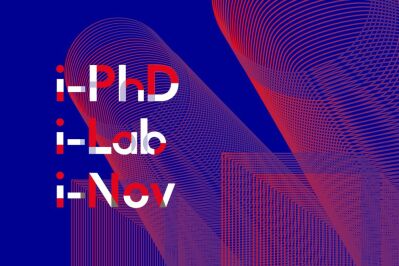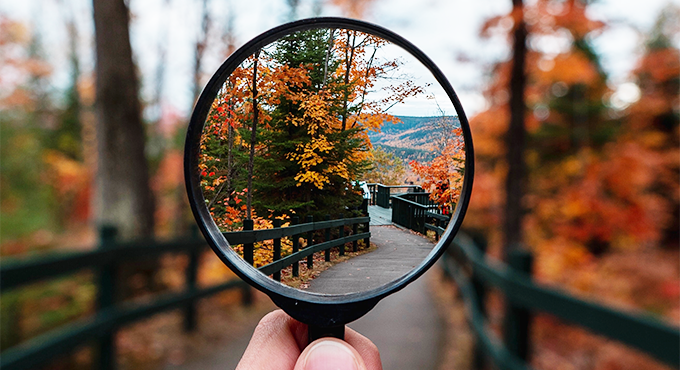 Actualidades
Actualidades 
European Mobility Week: Europe is all about moving!
The European Mobility Week is the European Commission’s flagship awareness-raising campaign on sustainable urban mobility. It promotes behavioural change in favour of active mobility, public transport, and other clean, intelligent transport solutions. In 2022, the European Mobility Week will be held in 300 cities in 18 countries from 16 to 22 September, and will focus on connections between various modes of transports in the same travel.
“All of Europe will be moving for the European Mobility Week!”. That’s indeed what the French government wants when it presented the various initiatives of communities, entities, associations and individuals ready to foster shared mobilities and soft mobilities (shared cars, car-pooling, motor scooters, scooters, self-service bicycles).
Actions focusing on multiple modes
The European Mobility Week is held every year from 16 to 22 September, and aims at encouraging individuals and communities from many European countries to choose more sustainable travel modes that can combine with each other. Organisers explain that multimodality “is a network of transports allowing for the successive use of several travel modes in an ecosystem”.
Multimodality is designed as a complete concept to become a key aspect of the organisation and “rise of a new and more sustainable urban mobility”. It is a societal, environmental and economic challenge, says the French government, even speaking of a “revolution to better live the city, with, as a backdrop, ecological transition and action to fight climate change”.
Better connections
In 2022, the European Mobility Week will focus on “better connections” to develop this multimodality, i.e. interconnection between multiple travel modes in the same travel: bike to train, car-pooling, public transports, walking, etc. In a pragmatic way, traveling using a bus to reach the railway station, then using a train may be considered as a multimodal travel. At European Union scale, multimodality is a way to include all European transport networks.
And in Europe, as in France, this Week should encourage “foster synergies between people and places that are offering their expertise, creativity and dedication to raising awareness about sustainable mobility” and promote “behavioural change in favour of active mobility, in addition to reaching out and making connections between existing groups and new audiences”.
Three major challenges for a multimodal policy
The development of multimodality thus becomes a key aspect to
open multiple ways of travel for users, but also to guarantee a better continuity of services and improve travel conditions. The new multimodal policy should improve competitiveness and attractiveness of territories, wherever they’re located, and faces three challenges:
- an economic challenge: multimodality optimises transport offer;
- a social challenge: multimodality leads to the multiplication of service possibilities throughout the territory at a cost that is often lower than that of the private car;
- environmental and public health challenge: multimodality promotes more ecological and less greenhouse gas-producing modes, fostering among others non-motored modes such as bicycles or walking.
To be noted that the European website dedicated to the event applies these challenges through tips and pragmatic examples all over Europe about the best ways to travel in the city or the countryside, and between both!
To know more
- European Mobility Week website
- French ministry of ecological and energy transition website





Commentaires
Vous devez être connecté pour laisser un commentaire. Connectez-vous.